Microsoft Authenticator is an authentication tool that helps generate Time-based one-time passwords (TOTP) in Two-step verification. It is a security process that requires users to provide two forms of identity verification before granting access to a particular online application or service. However, users may sometimes encounter situations wherein the Microsoft Authenticator app might not display the code. In this article, we look into the possible causes of why the Microsoft Authenticator is not working and the corrective measures that can be adopted to resolve the situation.
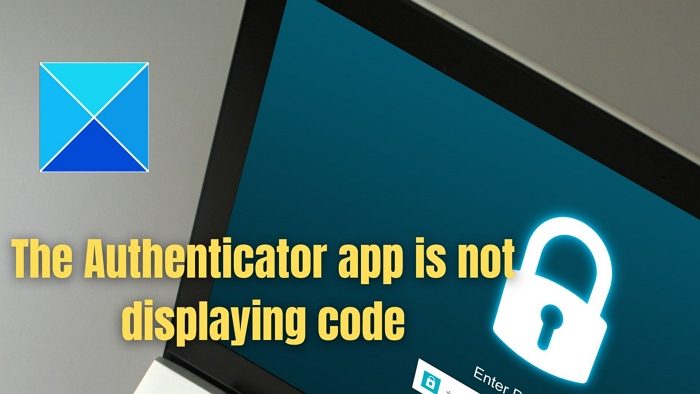
The Microsoft Authenticator app is not displaying code – Possible causes
- Time synchronization issues: The Microsoft Authenticator App generates the TOTPs based on time-sensitive algorithms. Hence, if the date and time of the device through which the TOTP is generated don’t match or synchronize with the application server, such errors might be expected.
- Non-updation of the Application: If the Authenticator application is outdated, it can give rise to compatibility issues with the operating system of the device it is installed in, leading to non-display of the code.
- Application conflicts: Possible conflicts with other installed applications or security software on the phone might also lead to the said situation, as those applications may interfere with the functionality of the Authenticator app.
- Network connection flaws: If the network or internet connection is unstable, it can also lead to the said situation wherein the code might not be displayed on the device.
Fix Microsoft Authenticator app is not displaying code
Follow these suggestions to fix the issue with the Microsoft Authenticator app for not displaying code.
- Ensure Clock Synchronization
- Relogin to Microsoft account
- Update Apps
- App Permission Review
- Check Network Connections
1] Ensure Clock Synchronization
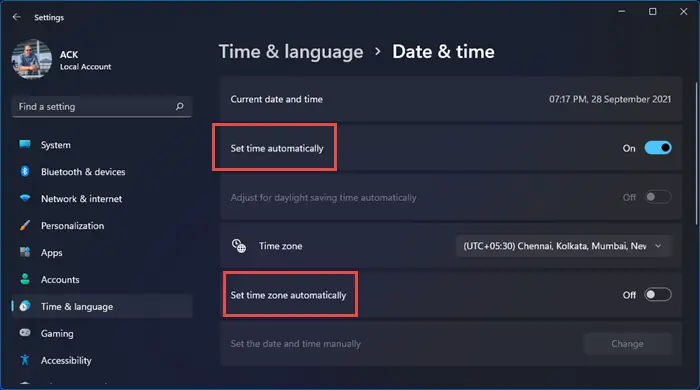
Clock synchronization is the most important check to resolve the said situation. Hence, users encountering the error can check their device’s date and time settings and ideally set the same to Automatic to ensure that the device’s and Microsoft server’s clock are synchronized. Go to Settings > System > Date & Time. Toggle on the option of Set time automatically.
Read: Microsoft Authenticator We’re sorry we ran into a problem
2] Relogin to Microsoft account
If the Microsoft account for the concerned user has expired or got deleted somehow, users can activate and add the same to the Authenticator app. Since expired accounts cannot fetch or display the TOTP codes, ensuring the account is active can help you fix the error.
It would be best to log out of the authenticator app and log in again to check if the issue has been resolved.
Read: There is a temporary problem with this service Microsoft Account error
3] Update the Microsoft Authenticator the app
Outdated versions of the Microsoft Authenticator App can also contribute to the situation. Hence, updating the same to its latest version can be a practical step towards the resolution. Users can visit the App Store of the concerned device and update the application to its latest available version. The below-mentioned steps can be followed to update the App:
- Visit the Google PlayStore (for Android phones) or iStore (for Apple Phones)
- Type Microsoft Authenticator on the App Search Bar to bring up the desired search result.
- Click on Update to update the App to its latest version if available.
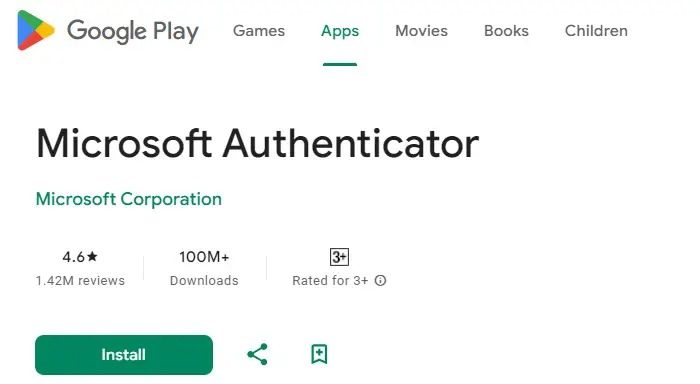
In the above screenshot, the install option appears since the app has not been installed. Once the App is installed on the device and an update for the same is available, the Update option will appear instead of the Install option.
Read: Use Microsoft Authenticator app to Backup and Restore your credentials
4] App Permission Review
Apps on any platform need permission to work as intended. It is possible that the authenticator app might not have the proper set of permissions, hampering the code generation. The below-mentioned steps can be adopted for reviewing or modifying the app permissions for the App:
- Open the Apps section on the phone.
- Long press the Microsoft Authenticator application, and select App info
- Select the Permissions option
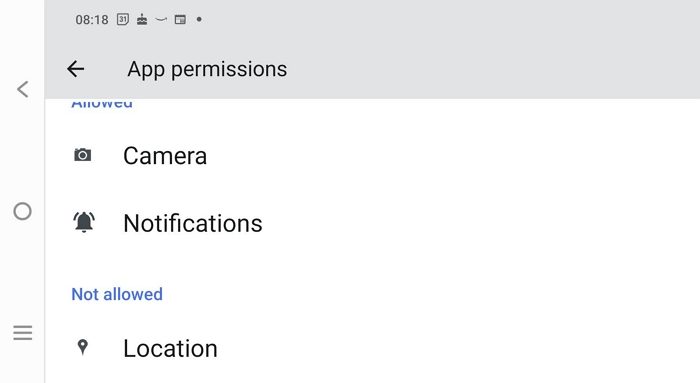
- Select the concerned permission to be granted and click on Enable.
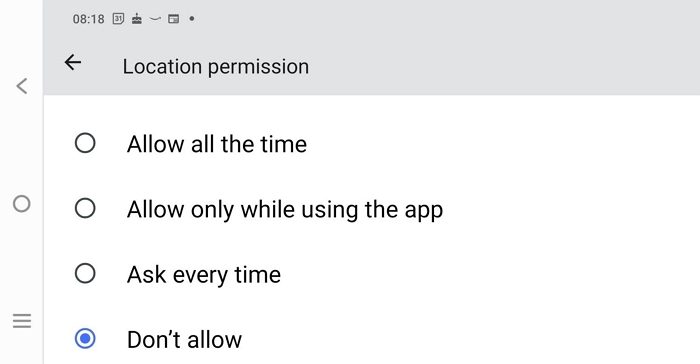
5] Check Network Connections
Steady network connectivity is a pre-requisite for the normal functioning of the App. Switch to a mobile network if the WiFi App is not working. When you do that, close and relaunch the app to properly sync.
Read: Where do I find my Microsoft account and Password?
The article above explains the potential reasons that can cause an error and suggests solutions to resolve it. However, the suggested solutions require altering the phone’s settings, and it is essential to proceed with caution to avoid unintended modifications.
Fix Microsoft Authenticator not working
If the Microsoft Authenticator is not working on a new phone, Check if battery optimization is enabled for Authenticator. If yes, ask the user to disable battery optimization. Tap Settings and make sure to turn off battery optimization is turned on and ensure that the Notifications work.
How do I reset my Authenticator app?
To reset the Microsoft Authenticator app, download it on your device. Visit https://aka.ms/MFASetup to verify and sign in using SMS or phone call options. If the app is not available, choose the other option. Click “Add Method” and “Authenticator App” to set it up. If you haven’t selected these options, contact the Help Desk to remove the existing MFA configuration and set up your desired MFA option from https://aka.ms/MFASetup. However, this only works for Work or School accounts.
Read: How to transfer Microsoft Authenticator to a new phone
What happens to Microsoft Authenticator if I change my phone?
The Microsoft Authenticator app backs up your account credentials and settings to the cloud. You can recover your information on a new device, avoiding getting locked out or recreating accounts. However, when doing so, choose to restore instead of login.
Leave a Reply